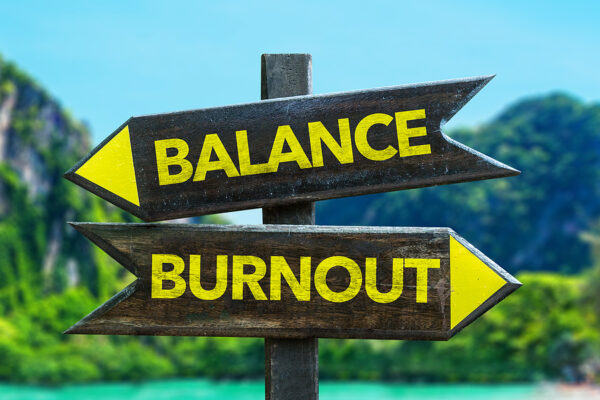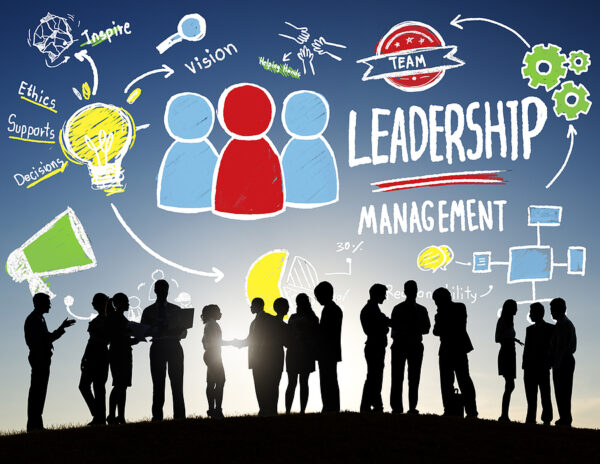On the morning of an important breakfast meeting with overseas clients, your toddler wakes up vomiting. He’s too sick to take to daycare. You can’t lean on the spouse – she’s away on contract work for couple of days. Your workplace is not exactly toddler-friendly. What to do?
The sick-kid scenario is one that every working parent knows. Some are lucky enough to have good extended family backup. For many it’s another source of stress in lives so centred around work that everything else – from family and friends to hobbies and health – seems crammed into sadly inadequate corners.
The need and desire to create better balance between what people do for living and what else they want in their lives has become one of the Western world’s most pressing issues.
There’s combination of factors involved – from the demands of 24/7 culture and increased work intensification to continuing rise in the number of dual-career couples.
Today’s world is literally more “switched on” – day and night. Organisations that work globally have to play the time zones and an increasing number of businesses offer round-the-clock service. Technology seems to have added more speed than ease to work practices; companies are doing more with fewer resources; people are working longer hours chasing tighter deadlines. More women in the workforce has meant less at-home support for people with dependent children – or elderly relatives.
Demographic and generational changes are an added influence. recent report from The Work Foundation in Britain notes that 80 percent of workforce growth to 2010 will be women. There’ll also be larger proportion of older workers whose changing priorities will demand greater flexibility of work hours.
Then there’s the gen-Xers who generally seem to eschew workaholic existence – in recent European study, 80 percent said they were more likely to stick with employers that allow good work/life balance.
So, this is not an issue that’s going to go away in hurry – nor can it be dismissed as little more than “feel-good” factor in the workplace. Like similar studies from other countries, the UK report (“About Time For Change”) highlights growing body of research on the business case for work/life balance.
Intuitive assumptions about how more flexible, people-centred approach to workstyle design might affect employee behaviour have now been borne out in various studies around the world.
What employers gain includes reduced absenteeism, improved employee performance and productivity, enhanced recruitment and retention (of growing importance given keener competition for talent and rising recruitment costs), plus lower accommodation/travel costs associated with the growing band of telecommuters.
But the report also questions whether too much emphasis should be put on the business case. After all, it seems no similar case has to be cited to support other human resource policies – increased executive pay being topical example. And, beyond the business case, there is social need for organisations to consider instituting work practices that are sustainable in the longer term.
Its conclusion – that work/life balance is – “much bigger and further-reaching issue than many organisations and individuals may yet have realised”. Although it may have gained higher profile in recent years, there’s still plenty of room for progress.
For instance, while more organisations are adopting work/life practices, they’re often tag-on, rather than central tenet of organisational culture and strategy. The majority of workers still face time squeeze and women are still bearing the brunt of domestic labour. Also, more than third of people still think work/life balance is all to do with policies for parents and that undermines its wider relevance.
That is about “living fulfilled life inside and outside paid work, and having control over your time so you can achieve that”.
So how well is the issue understood in New Zealand and just who is setting the local performance benchmarks?
The local leaders
The EEO (Equal Employment Opportunities) Trust’s annual Work & Life Awards is good place to look for answers.
This year’s winners (see box) are organisations that don’t just embrace diversity in theory – both Auckland City and Westpac have embedded it in policies and practice. Auckland City has even initiated its own EEO Awards as an internal recognition of progress and achievement.
While larger organisations have issues of scale and functional or geographic diversity to deal with, smaller ones often have to strive to provide top employment conditions on lean resources. The fact that entries range not only in size but across public, private, and not-for-profit sectors means each has to be judged in its context – not always an easy task.
The number of joint winners in this year’s awards also highlights the difficulty of choosing between some high-standard entries. During the six years the awards have been running, their quality has definitely improved, says EEO executive director Trudie McNaughton. Some of the basics of balanced work/life practices are now becoming more standard – though that doesn’t necessarily mean they’re widespread, adds McNaughton.
“Flexibility is good example of what is becoming much more common in leading workplaces. I say ‘leading’ because that is an important distinction. You can probably find someone who may have worked for number of different companies that haven’t introduced such practices.
“But in those organisations that are really genuine about wanting to be an employer of choice, these are the issues that are increasingly coming to the fore.”
For instance, few years ago it was relatively unusual for any organisation to have policy on scheduling meetings within core work hours, says McNaughton.
“That’s no longer so unusual in leading workplaces. And while that kind of one-off policy doesn’t on its own revolutionise the workplace, it can make huge difference to minimising stress. It’s also very good ice breaker to help change the culture because the default position in the organisation is one of trying to promote balance rather than the onus being on the individual to have to challenge accepted practice.”
The serious contenders for leadership in work/life balance practices often come back for more. For instance, last year’s winner in the large organisation category, Auckland University of Technology, this year entered both the innovation and “walk-the-talk” awards – winning the latter. Repeat entries are something the Trust encourages, says McNaughton.
“We think it’s tremendous that people put themselves forward again and are using [the Awards] as an opportunity for benchmarking and continued improvement.”
Strong entries in this year’s Progressive Enterprises Manaaki Tangata Award for Innovation also point to lifting of the performance benchmark, says McNaughton.
“I think it’s matter of companies going beyond what you might describe as the basics – like flexibility, working to reduce face time and focusing on results, avoiding long work hours culture… As those are achieved, people are looking to how they can distinguish themselves from the rest. That is spur to innovation.”
However, it’s also important, she says, that there is recognition for those who are taking the first steps on the journey. “As standards keep lifting, you need to have category where those who are relatively new to these initiatives can be compared with their peers, developmentally.”
She believes the increased focus on health and wellbeing prompted by changes to workplace legislation has provided an extra incentive for workplaces to introduce wider range of initiatives in that area – from personal health checks to looking at work intensity and job design.
“I also think there is more understanding that these initiatives are not just focused on women with young children. pleasing development has been the recognition that this is an issue at every stage in the work cycle –











